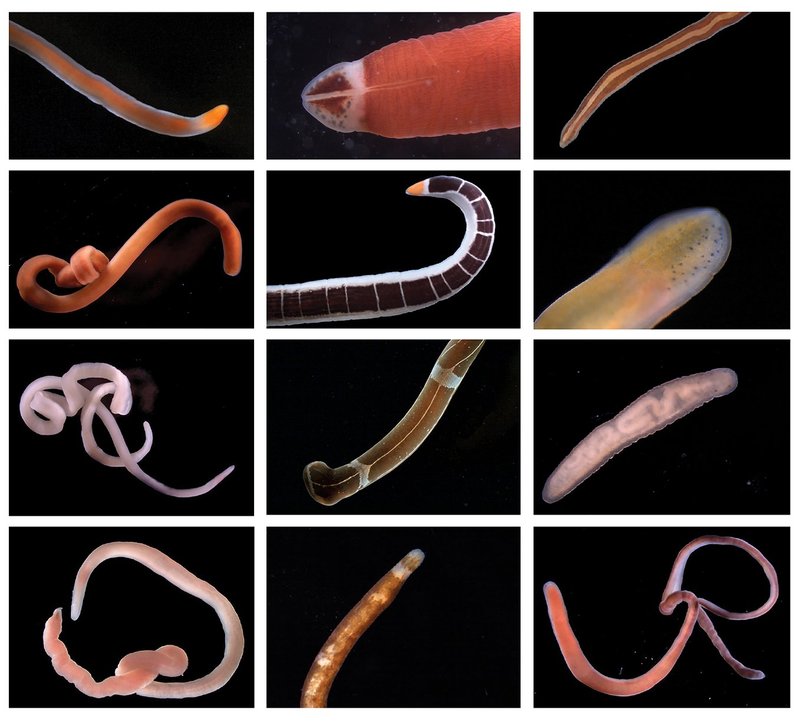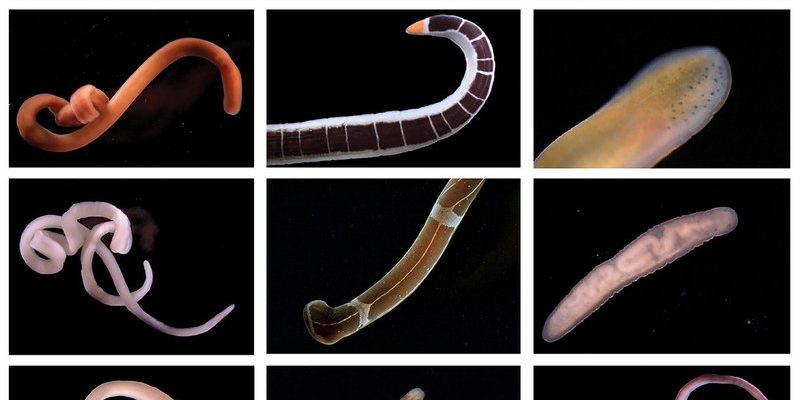
These worms, known scientifically as *Nemertea*, exhibit fascinating behavior and anatomy. They can stretch out to impressive lengths—some even reaching up to 30 feet! But beyond their size, their ecological function is what makes them truly interesting. Ribbon worms are predators, scavengers, and even prey for larger animals. They are like a crucial thread in the fabric of marine life, weaving together different species and contributing to the delicate balance of their habitats.
So, why should we care about these often-overlooked creatures? Well, let’s dive deeper into the ecological importance of ribbon worms and explore their roles in various ecosystems, their unique adaptations, and why their conservation matters.
Understanding Ribbon Worms
Ribbon worms belong to the phylum *Nemertea*, and they come in a wide variety of shapes and sizes. These creatures are mostly found in marine environments, but some species can also live in freshwater or moist terrestrial areas. They have a distinct elongated body that can be flat or rounded, and many species are brightly colored, making them quite beautiful to observe in their natural habitats.
One of the most interesting features of ribbon worms is their proboscis. This is a long, retractable structure they use to catch prey. Here’s the thing: when the worm spots its meal, it can extend this proboscis with lightning speed, ensnaring its dinner before it even knows what hit it. This makes ribbon worms effective predators, contributing to the control of smaller populations within their ecosystem.
You might be wondering how these creatures reproduce. Ribbon worms can be quite versatile. They can reproduce both sexually and asexually, with some species capable of fragmenting their bodies to create new individuals. This adaptability helps maintain their populations in varying environmental conditions.
The Role of Ribbon Worms in Marine Ecosystems
Ribbon worms play several crucial roles in marine ecosystems that vary based on their environment. One of their primary contributions is as predators. By feeding on soft-bodied invertebrates such as mollusks and annelids, they help regulate these populations. This predatory behavior prevents certain species from becoming too dominant in their habitats, which is essential for maintaining biodiversity.
Moreover, ribbon worms are scavengers. They consume detritus and decaying organic matter, breaking it down and recycling nutrients back into the ecosystem. This process enriches the sediment, allowing for a healthier environment where other organisms can thrive. Think of ribbon worms as nature’s cleanup crew, ensuring the ecosystem remains balanced and functioning.
In addition to being predators and scavengers, ribbon worms serve as prey for larger animals such as fish and birds. This makes them a vital link in the food chain, showcasing their importance beyond just their immediate ecological role. By supporting a variety of species, they help sustain the health of entire ecosystems.
Unique Adaptations of Ribbon Worms
One of the standout features of ribbon worms is their incredible regenerative abilities. If a predator decides to take a bite, some species can regrow lost body parts, including their proboscis and even sections of their body. This adaptation is not only fascinating but crucial for survival in environments where they face regular threats.
Additionally, many ribbon worms have evolved to produce toxic secretions that can deter predators. This means that they have built-in defense mechanisms, allowing them to survive in competitive marine ecosystems. Some species can even produce bright colors that serve as a warning to potential predators.
Another interesting aspect of ribbon worms is their diverse habitats. They can thrive in sandy, muddy, or rocky substrates and can even burrow into sediments for protection. This versatility allows them to occupy various ecological niches, proving their adaptability in changing environments.
The Impact of Human Activities on Ribbon Worms
Sadly, like many marine organisms, ribbon worms face threats from human activities. Coastal development, pollution, and climate change are all impacting their habitats. These changes can destroy the delicate ecosystems where ribbon worms play vital roles, leading to declines in their populations.
Pollution, particularly from plastic and chemicals, can disrupt the reproductive and feeding habits of ribbon worms. They may ingest toxins, which can accumulate in their bodies and affect their health. This is concerning not just for the worms but for the entire food web, as these toxins can be passed on to predators, including fish that humans consume.
Climate change is altering ocean temperatures and acidifying waters. These factors can influence the distribution and behavior of ribbon worms, potentially affecting their populations. Protecting these creatures means addressing the bigger picture of environmental health.
Conservation Efforts for Ribbon Worms
So, what can we do to help protect ribbon worms and their habitats? First off, it starts with awareness. Understanding their importance is the first step toward advocating for policies that protect marine environments. Many organizations are working to preserve coastal habitats, and supporting these efforts can make a significant difference.
Promoting sustainable practices is also crucial. This can include reducing plastic waste, supporting local fisheries that manage their practices sustainably, and participating in beach clean-ups. Each small action contributes to the broader goal of protecting marine ecosystems and the creatures within them.
Lastly, supporting research initiatives can help scientists better understand the role of ribbon worms in marine ecosystems. With more knowledge, we can develop effective strategies to conserve them and ensure their populations thrive for future generations.
Ribbon worms may not be the first creatures that come to mind when we think of marine ecosystems, but their role is far from insignificant. They are essential in maintaining the balance of marine life, acting as predators and scavengers, and even serving as prey for larger animals. Plus, their unique adaptations make them fascinating subjects for study and conservation.
As we continue to face environmental challenges, it’s vital to remember that every organism, no matter how small or seemingly insignificant, contributes to the health of our planet. By taking steps to protect ribbon worms and their habitats, we help ensure a thriving marine ecosystem. So next time you think about the ocean, remember the ribbon worms’ silent but powerful presence—doing their part to keep the waters alive and vibrant.

